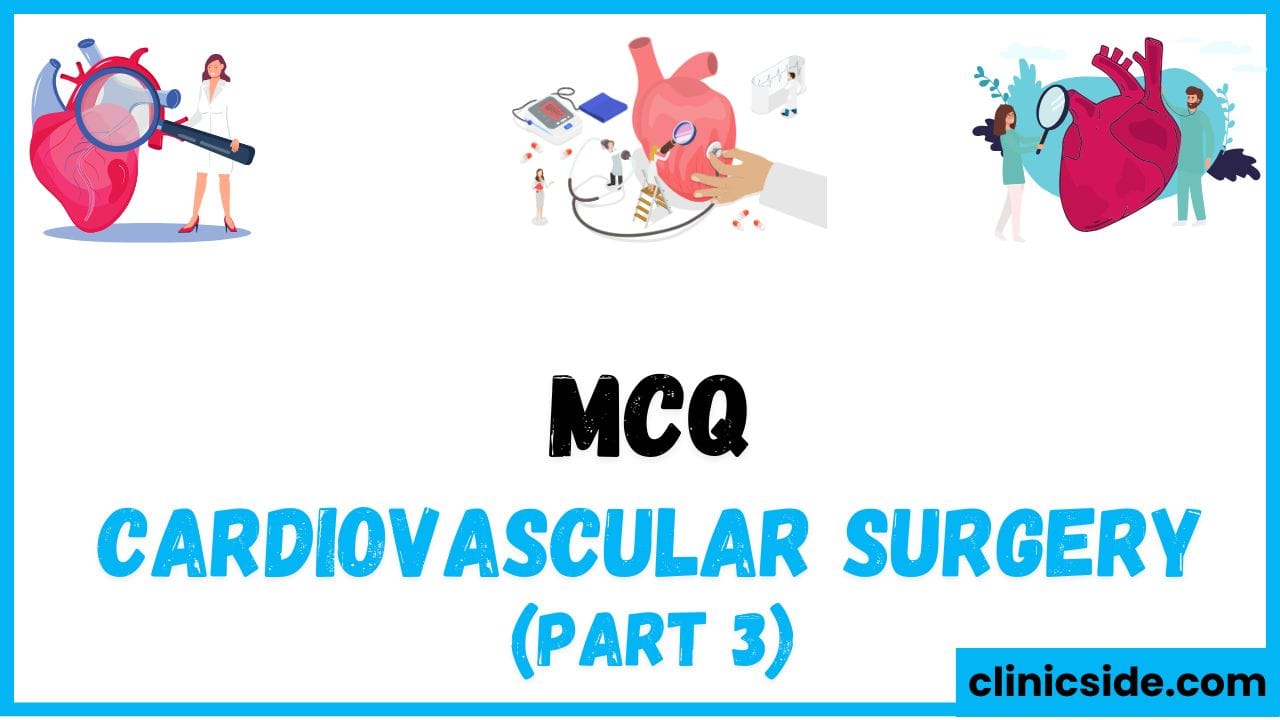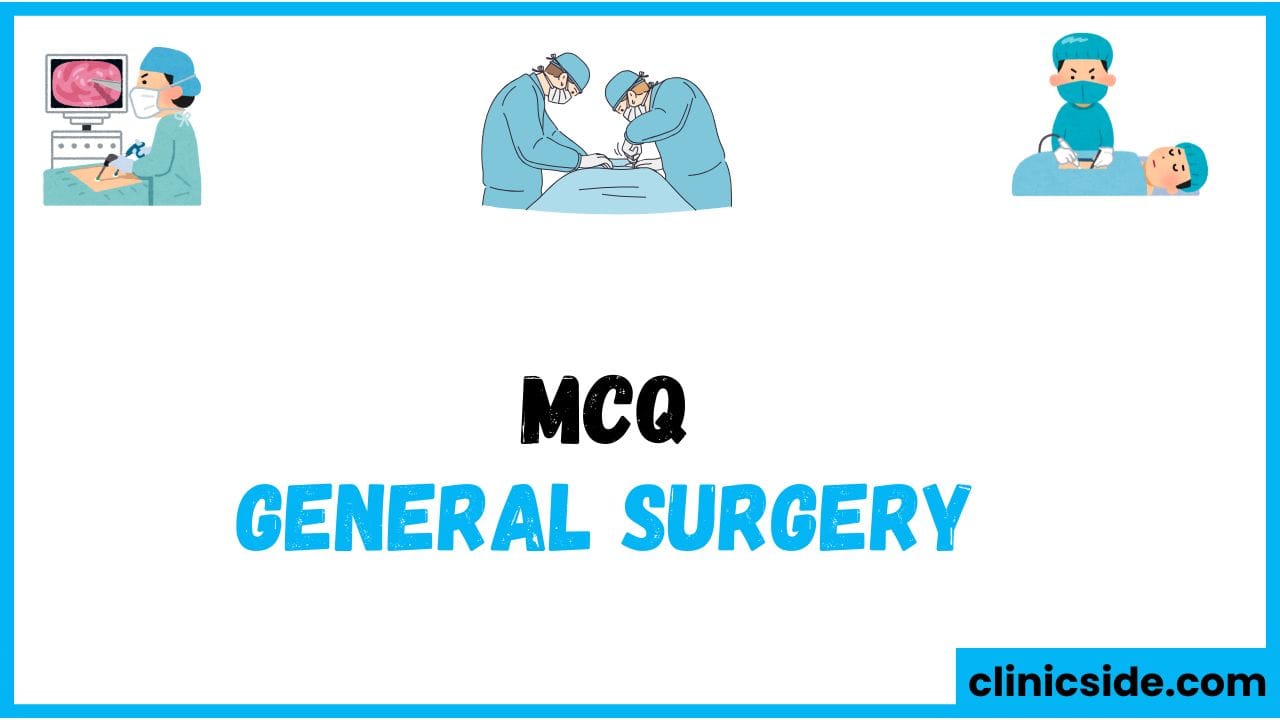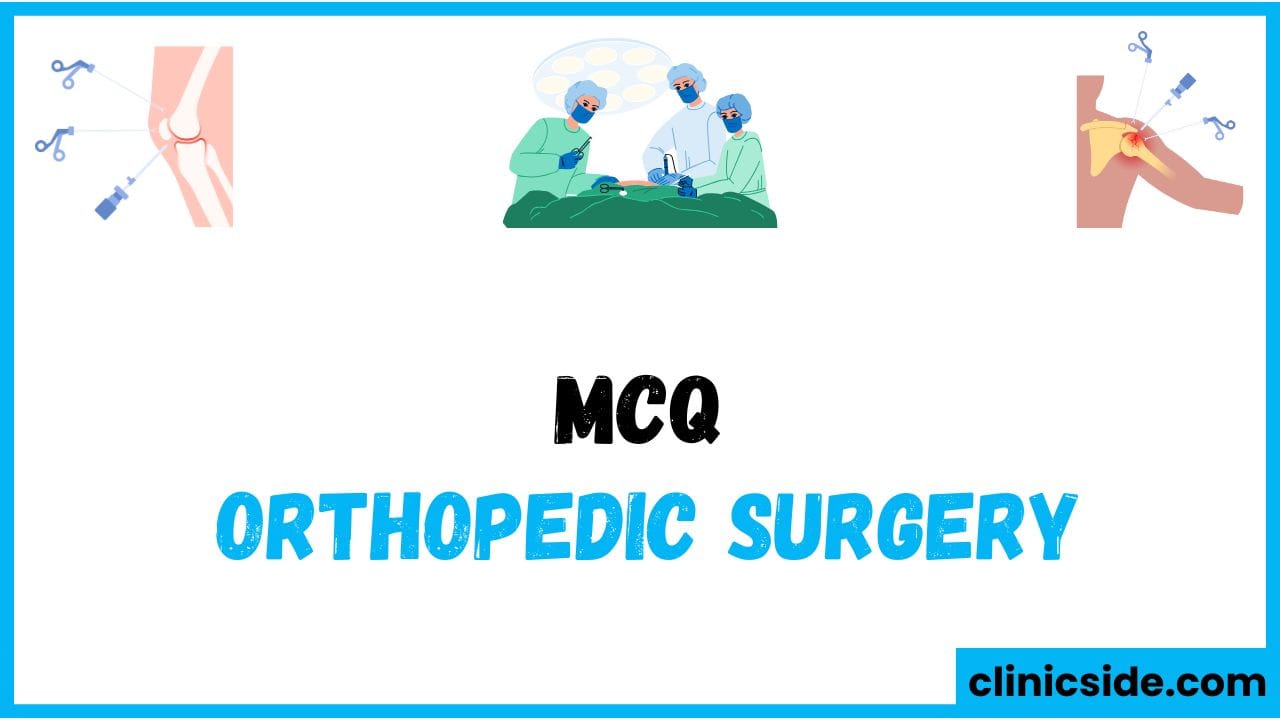Quiz
Available options: 1 to 20
Overview of Complications and Postoperative Care
Common Issues Following Coronary Artery Bypass Graft Surgery
Coronary Artery Bypass Graft (CABG) surgery often results in several complications, with irregular heart rhythms, particularly atrial fibrillation, being the most frequent. Other challenges include infections and excessive bleeding, which must be addressed promptly for optimal recovery. Recognizing these risks is essential for effective post-operative management and improving patient outcomes.
Life-Threatening Risks After Aortic Aneurysm Surgery
Aortic aneurysm surgery can have serious complications, with graft infections being one of the leading causes of death. This highlights the importance of strict infection prevention strategies. Additional risks, such as breathing difficulties and fluid buildup around the heart, require immediate attention to avoid further complications.
Essential Medications in Cardiac Treatment
Medications play a crucial role in the recovery process after heart surgery. Blood thinners like Warfarin are vital in preventing clots from forming on artificial valves, while Heparin is commonly used right after valve replacement. Proper medication management helps avoid clot-related complications without increasing the risk of excessive bleeding. Furthermore, beta-blockers are often prescribed to control irregular heartbeats, ensuring smoother recovery.
Syndromes Following Heart Surgery
Heart surgery can lead to specific syndromes, such as post-pericardiotomy syndrome, which causes fever, chest discomfort, and fluid buildup around the lungs. Another condition, systemic inflammatory response syndrome (SIRS), can arise from extended use of a heart-lung machine during surgery. Early recognition and treatment of these conditions can significantly enhance patient recovery.
Diagnostic Tools for Managing Complications
Effective diagnosis is vital in addressing post-surgical challenges. Imaging techniques like coronary angiography are invaluable for identifying issues such as blockages in bypass grafts. Echocardiography is particularly useful for detecting fluid accumulation around the heart. These tools ensure timely and accurate treatment for complications.
Managing Fluid Levels and Electrolyte Imbalances
Post-surgical care often involves addressing imbalances in electrolytes, especially low potassium levels, which can worsen heart rhythm problems. Correcting these imbalances is an essential aspect of recovery. Additionally, fluid management is crucial, with crystalloids being the preferred choice for stabilizing blood volume due to their effectiveness and lower risk of adverse effects.
Neurological and Heart Function Challenges
Neurological issues like confusion or disorientation frequently occur after heart surgery, potentially delaying recovery if not treated early. Reduced heart output due to weakened heart muscle function is another common issue, requiring treatments like specialized medications and fluid optimization to restore normal heart performance.
Preventing and Managing Infections
Infections, such as those in surgical grafts, are serious concerns that can complicate recovery. Persistent fever is a common early warning sign of infection, requiring immediate intervention. Effective post-surgical care, including careful wound management and appropriate use of antibiotics, is critical to reducing infection-related risks.
Addressing Coronary and Valve Complications
Certain procedures are necessary to manage complications involving coronary arteries and heart valves. For example, angioplasty is used to address blockages in coronary stents, while long-term blood-thinning medications are prescribed for artificial valve patients. Understanding the appropriate use of these interventions is key to ensuring positive patient outcomes.
Post-Surgical Recovery Practices
Recovery measures, such as placing chest drains, play an important role in preventing fluid buildup and reducing the risk of infection. Early detection of potential problems, coupled with proactive interventions like electrolyte monitoring and imaging, supports quicker recovery and reduces the likelihood of additional procedures.





